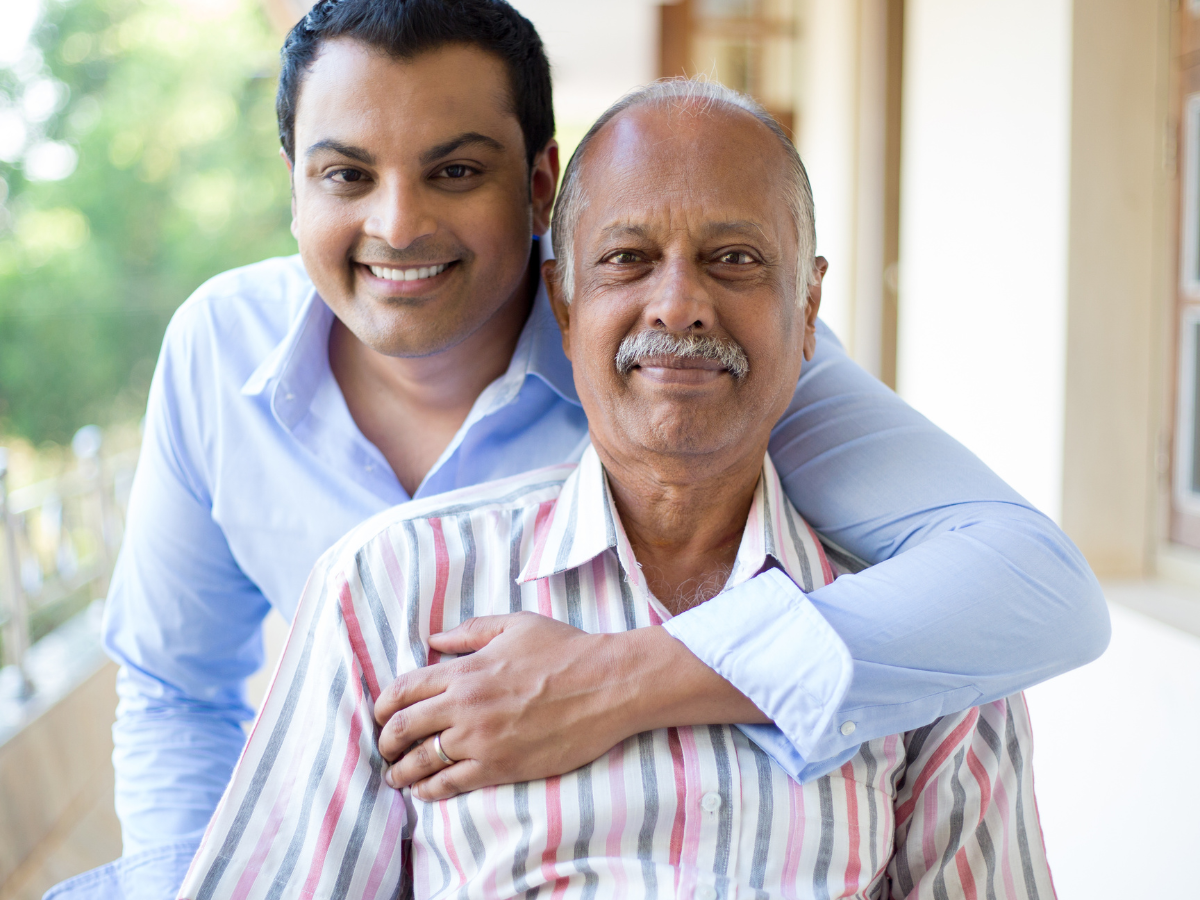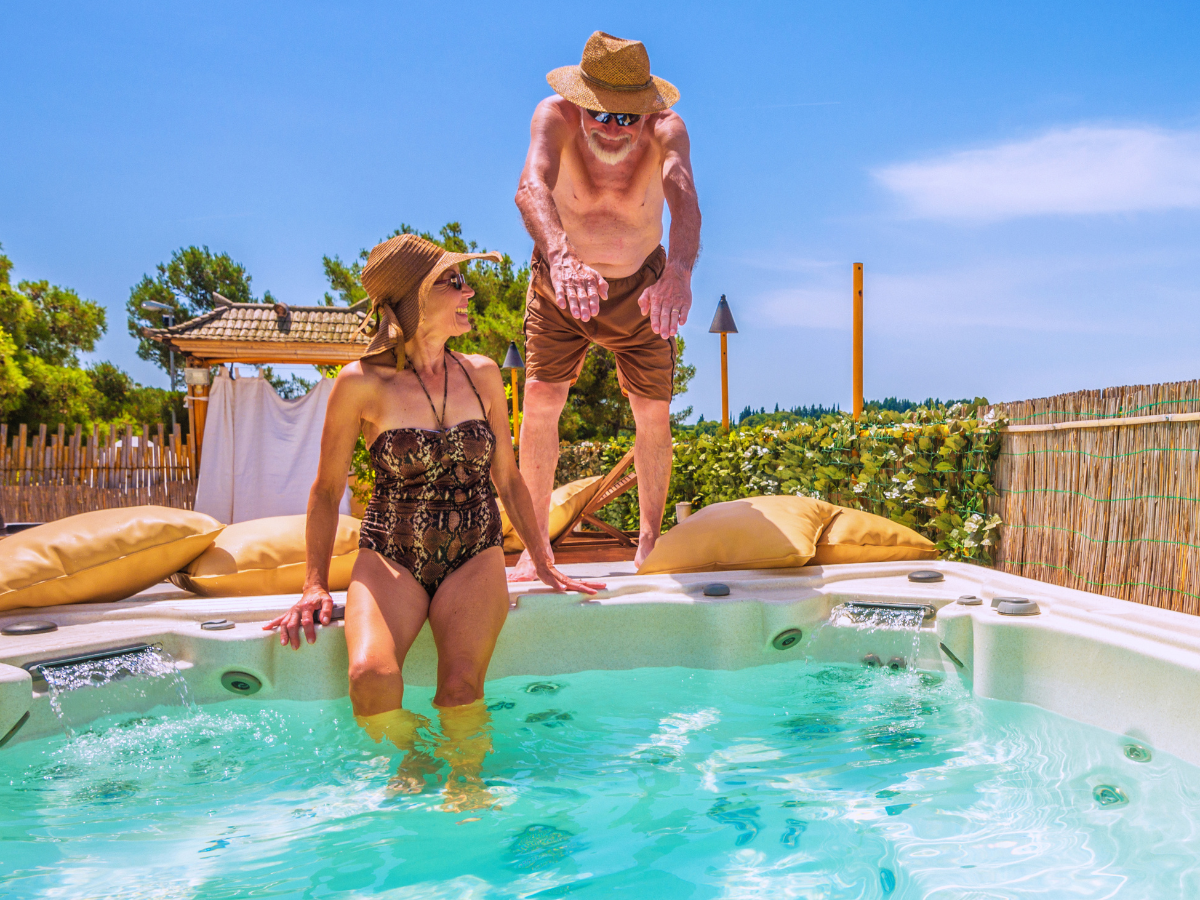Many people may be under the impression that the worst experiences had by elderly people are illnesses, aches and pains. Diminished strength, trouble with balance and battles with mobility are all issues that many seniors contend with on a daily basis. However, you may be surprised to know that the average older adult cites something other than physical limitations as his/her biggest obstacle. The worst thing a senior contends with, many say, is a fear of falling.
How can you help your elderly loved one to overcome a fear of falling?
Discuss it with your elderly loved one’s doctor.
We’re not saying that doctors have all the answers. But, it should go without saying that consulting a medical professional is an appropriate first step in trying to help the older adult in your life with his/her fear of falling. Does he/she suffer from a particular ailment that may be strengthening his/her fear? As HealthWorks Collective notes, a discussion with a physician can give you great insight.
“He or she can complete a fall risk profile and recommend treatments or changes to the current regimen,” they reveal on their website, “It may be as simple as correcting a visual problem like updating an eyeglass prescription or getting treatment for cataracts and glaucoma. A physical or occupational therapist can teach your loved one how to safely get up from a fall if one should happen. This type of practice and encouragement can help overcome fear of falling.”
Mark steps with bright tape.
It’s no secret that, with age, our vision becomes weaker. Many seniors require eyeglasses. However, this doesn’t help many older people to discard their fears of tripping over something. Help them out by making all walkways in the home clear and easily visible. This is especially important on steps. Philips.com recommends that you add bright tape to steps in order to make each of them very easy to see.
“Even if someone has lived in his home for decades, reduced visual acuity or burned-out or hard-to-reach lights can make it harder to see where one step begins and another ends,” says the website, “While it might not be aesthetically appealing, a strip of bright-colored tape on the edge of each step can help a senior safely navigate stairs and allow him to remain safe and independent in his home.”
Install grab bars in the bathroom.
In last week’s blog, we highlighted what we feel are some pretty effective ways to create an injury-free bathroom. Among our tips was the installation of grab bars. Well, here is that tip again! At Advantage Home Health Solutions, we’re proud to offer a number of bathroom accessibility devices including grab bars, bath lifts, transfer benches and more.
Phillips agrees that grab bars are great additions in slippery areas such as the shower and bathroom. “Encourage the senior to use them instead of towel racks or shower doors for support as she gets in and out of the tub or shower,” their site advises, “Other adaptations include a shower bench and hand-held shower to reduce standing time in the shower.”
For more information about the bathroom accessibility devices offered by Advantage Home Health Solutions, please don’t hesitate to give us a call at 403-460-5438. You may also email us by filling out the form on our Contact page!



